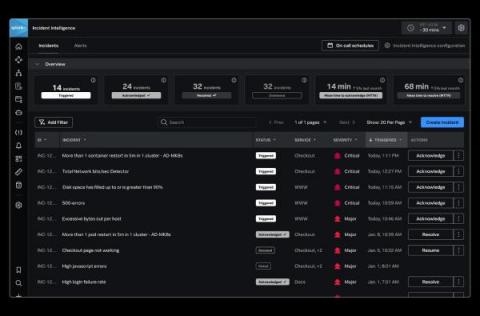Development Pipeline: What should you consider?
As software development continues to evolve and become more complex, the need for efficient and effective deployment strategies has become increasingly important. This is where deployment pipelines come in. When it comes to software development, a deployment pipeline is a powerful automated tool that facilitates the fast and accurate transition of new code changes and updates from version control to the production environment.











